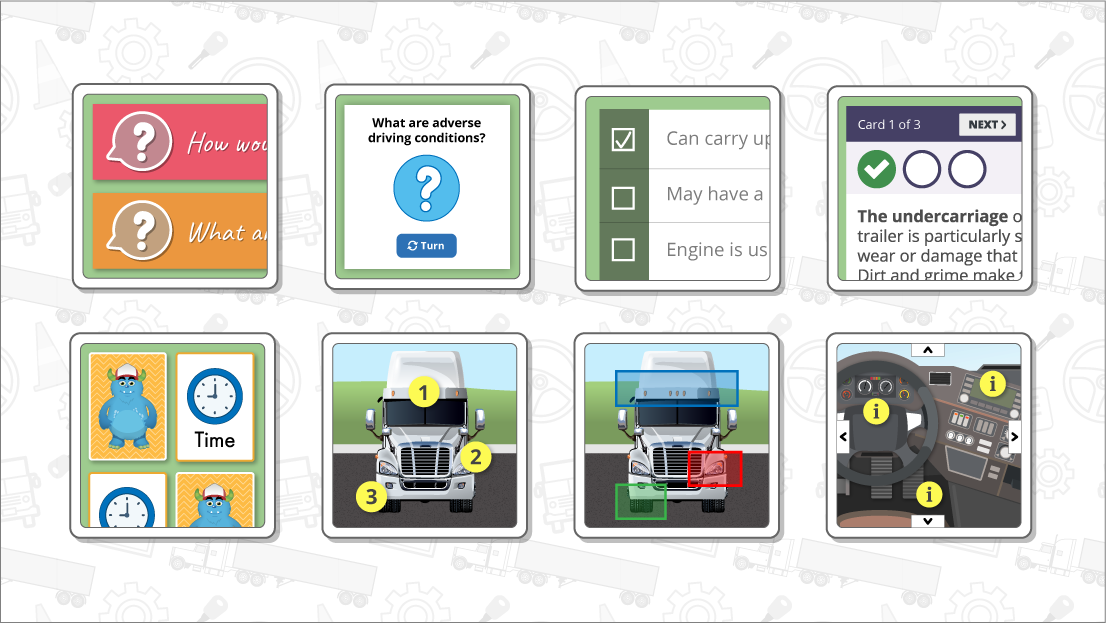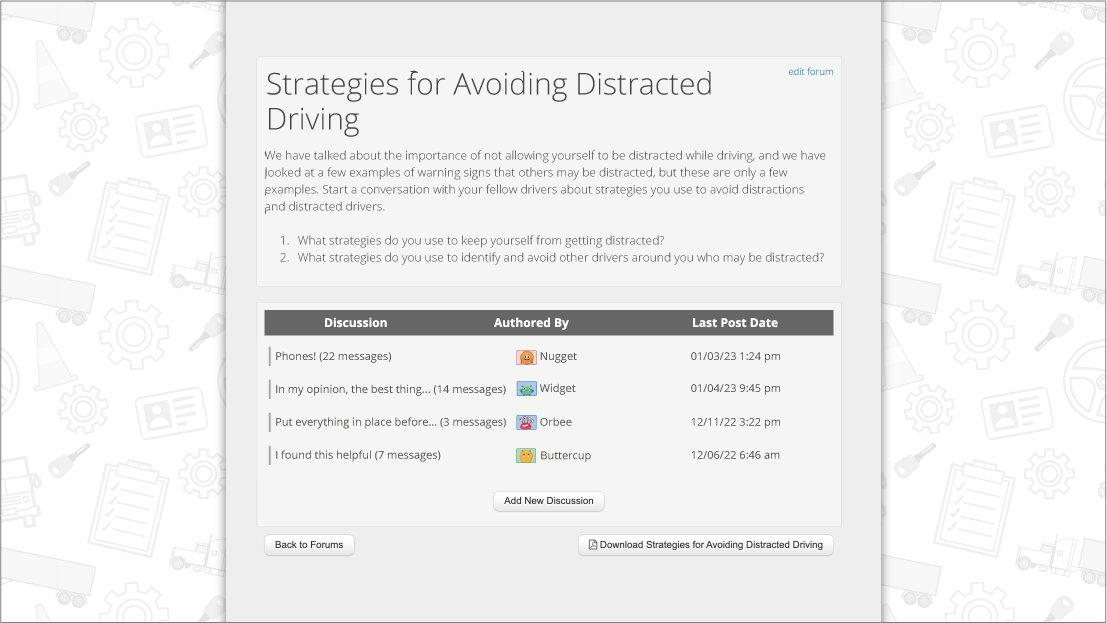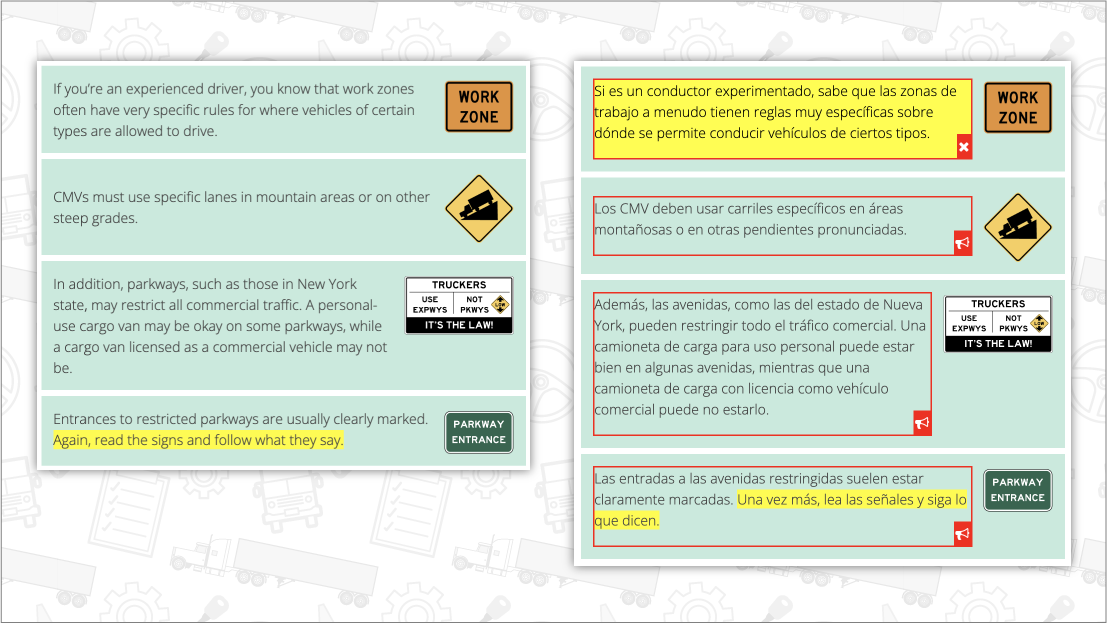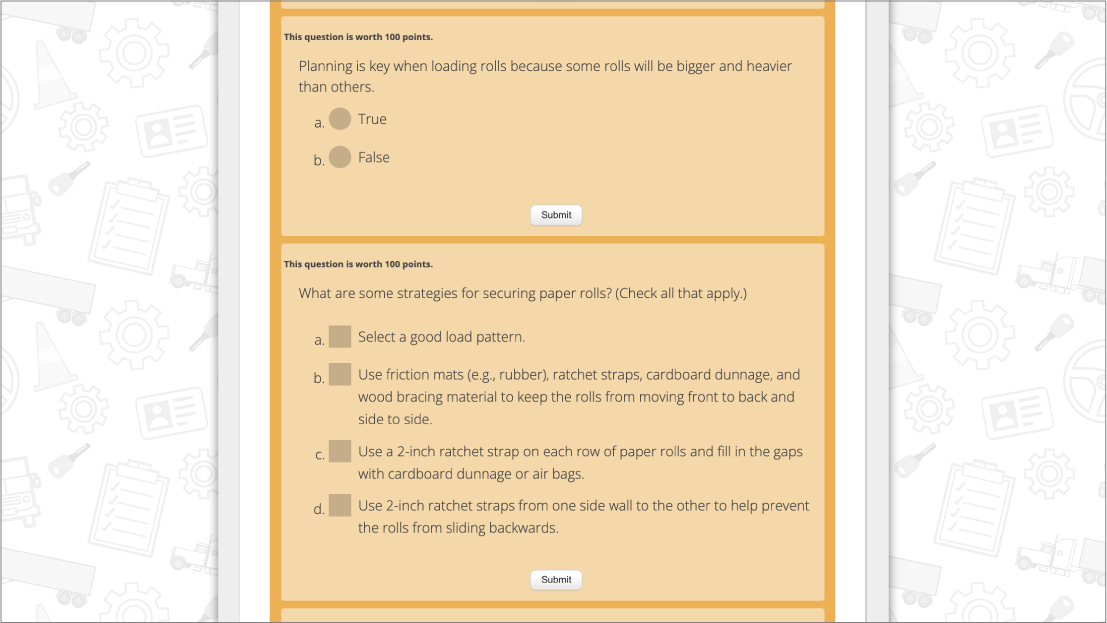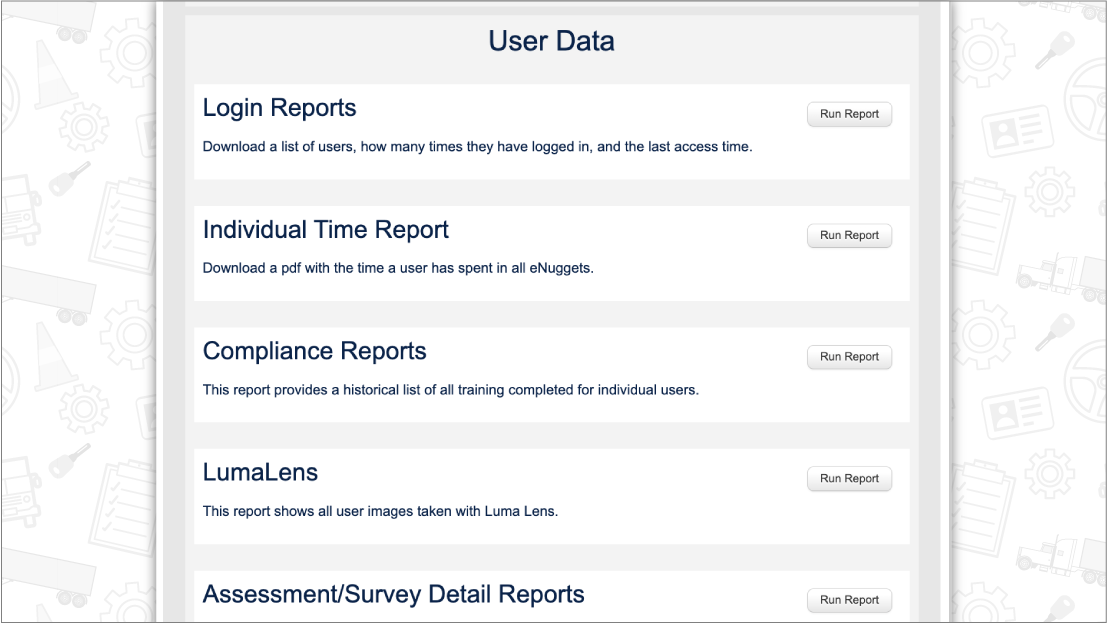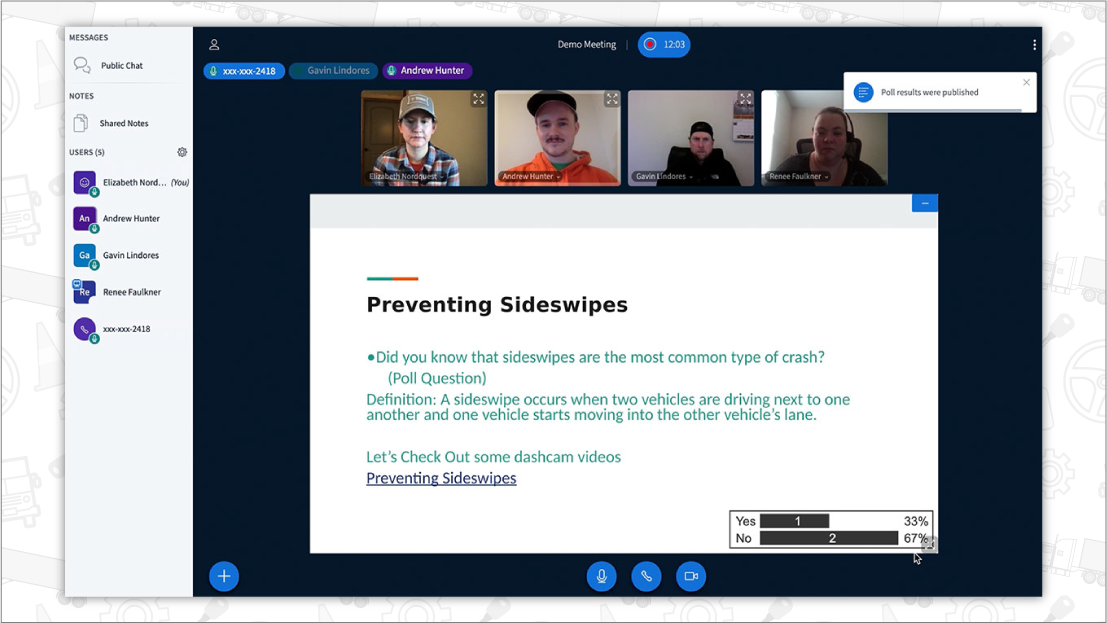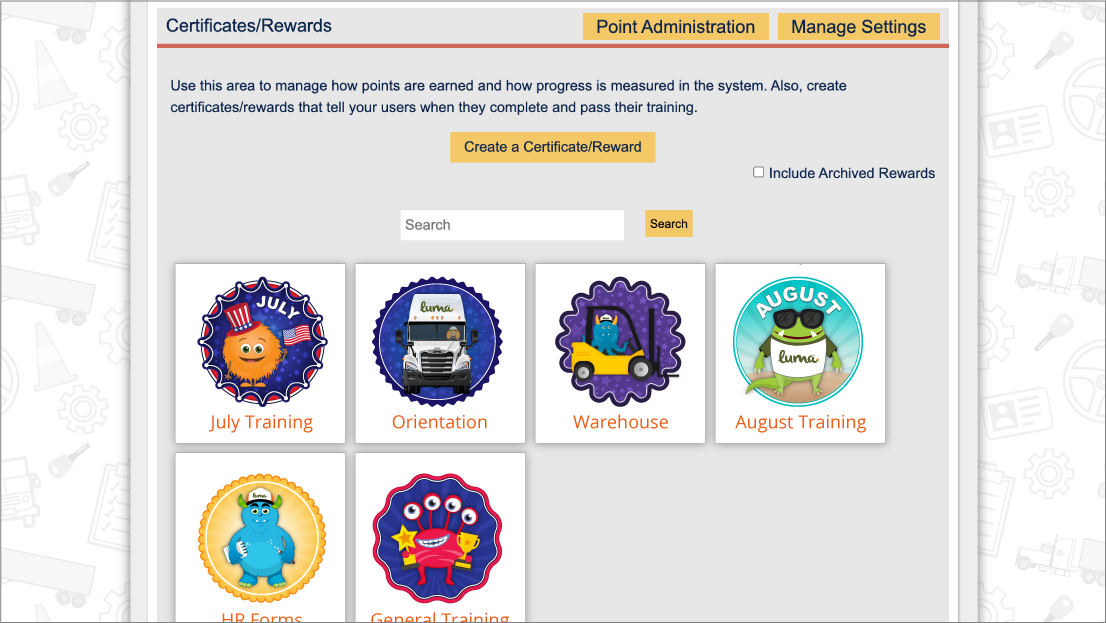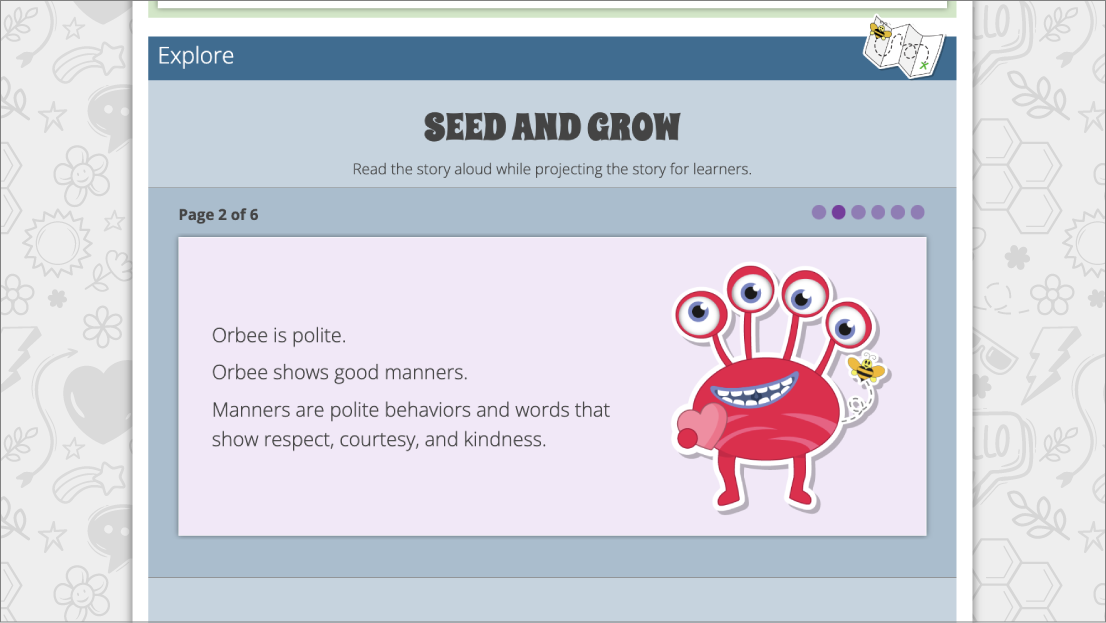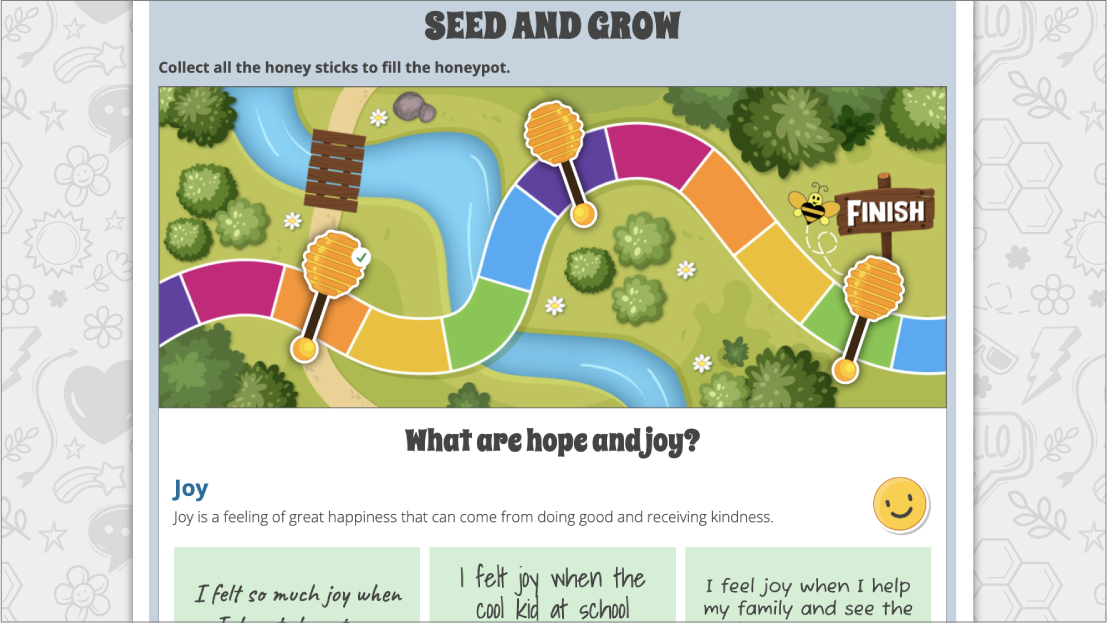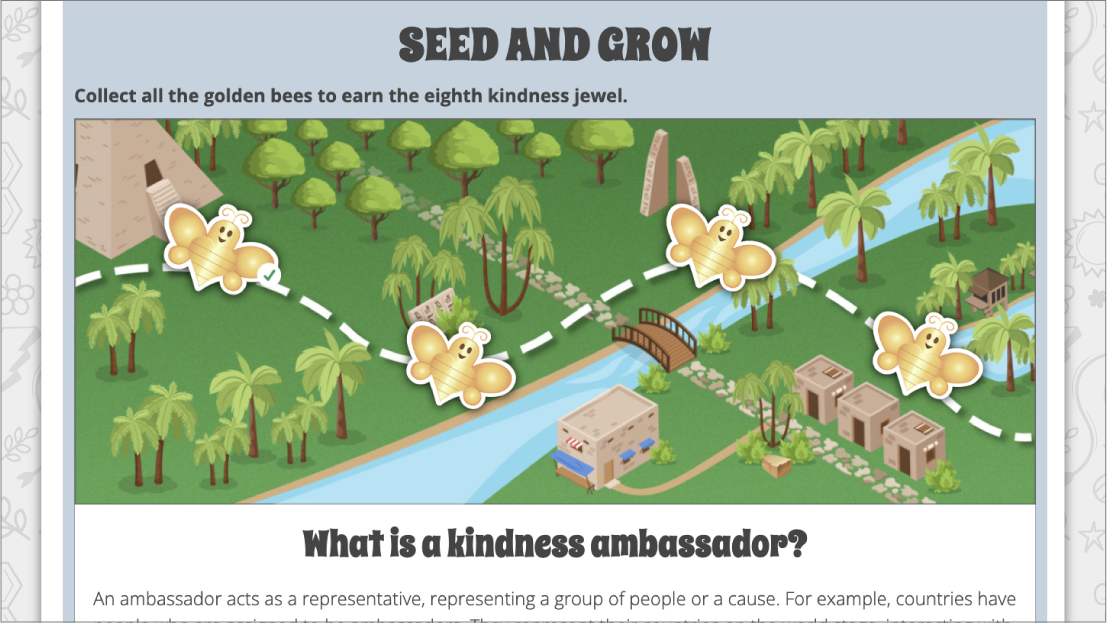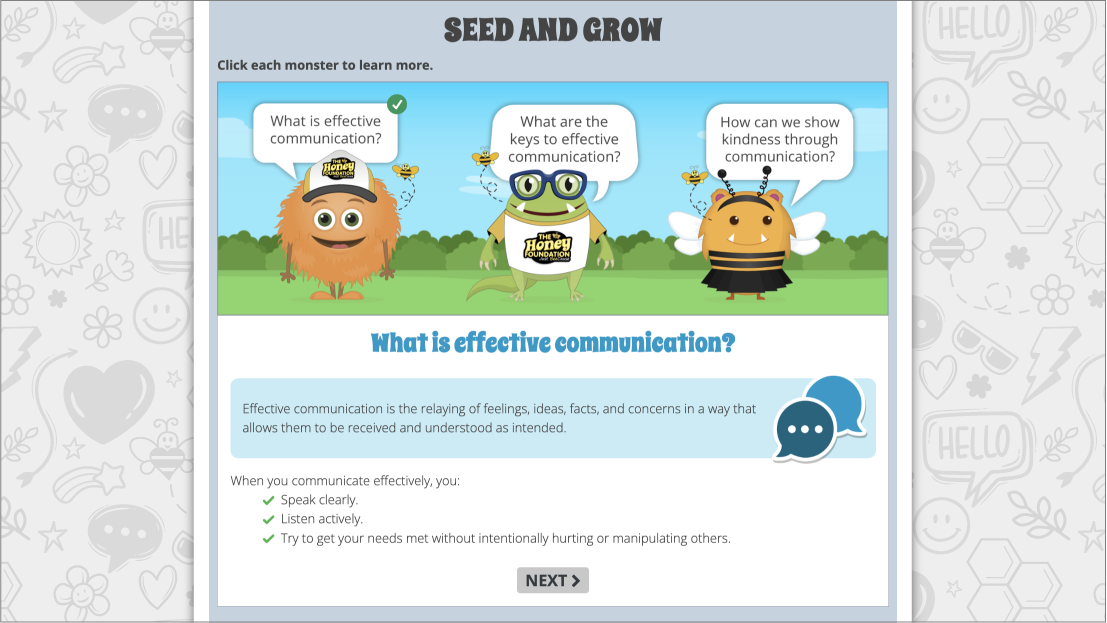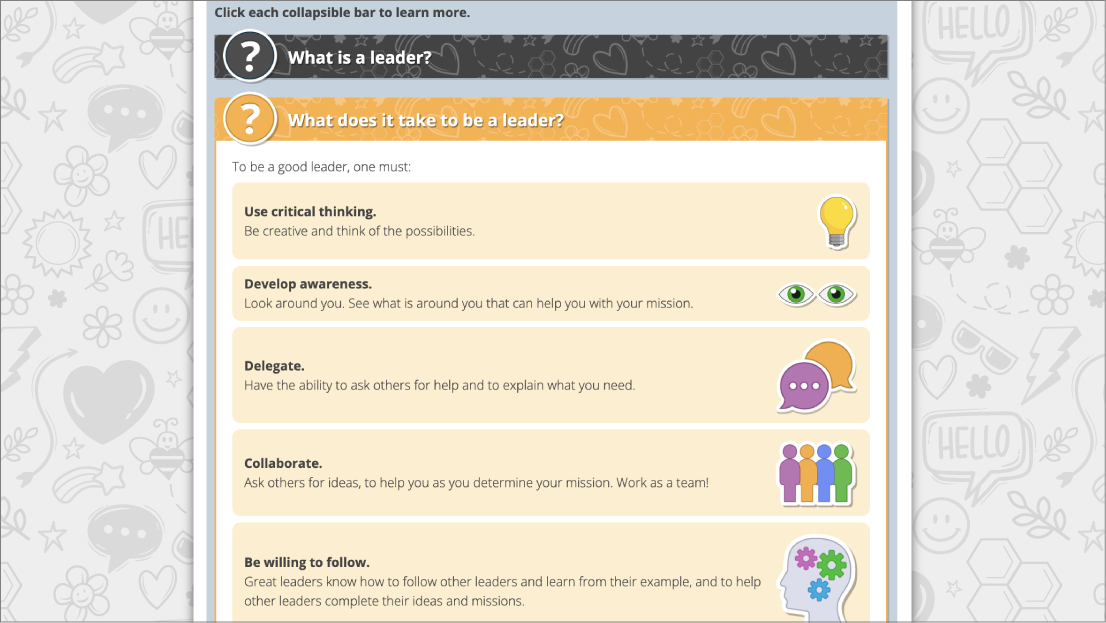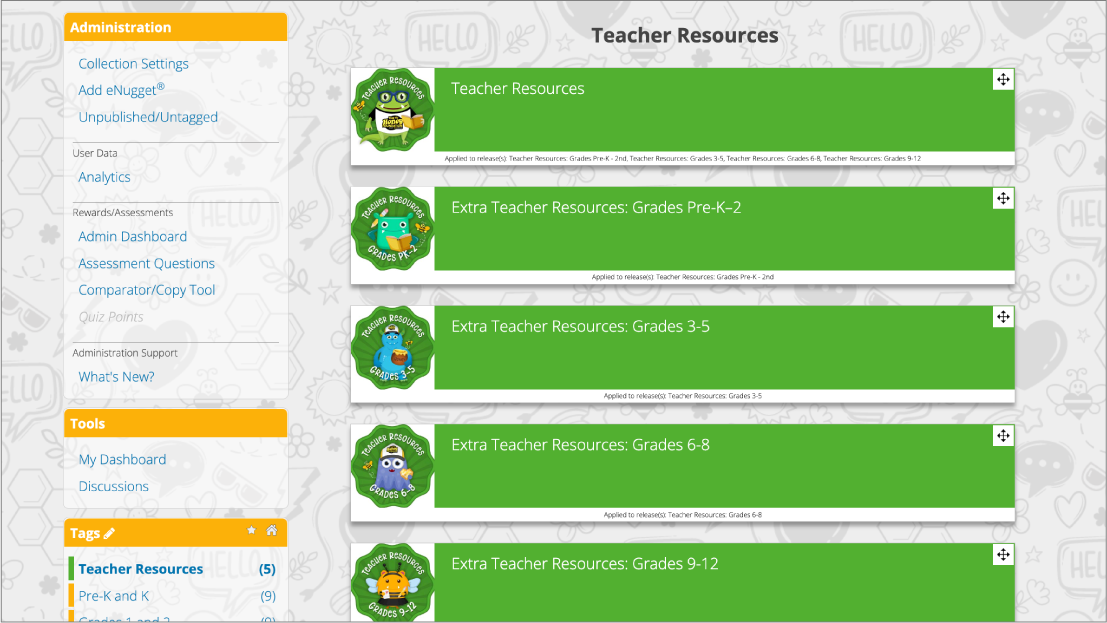
How to Ask Good Questions and Listen Effectively
Are you a good listener or do you find yourself dominating conversations? Good communication is paramount to being an effective employee, trainer, co-worker and even friend. Communication involves a back-and-forth exchange of information which involves asking good questions and listening effectively. We all want to be heard and understood. This learning lesson will provide strategies with asking good questions and building up skills to become a better listener.
 Have your heard? Our Learning Lessons have been collected into a book available for purchase on Amazon.com! Teaching Without A Teaching Degree: Luma Learning Lessons contains 52 lesson plans and worksheets with 106 different teaching strategies designed for the trucking industry that can easily be adapted to suit any age and content topic.
Have your heard? Our Learning Lessons have been collected into a book available for purchase on Amazon.com! Teaching Without A Teaching Degree: Luma Learning Lessons contains 52 lesson plans and worksheets with 106 different teaching strategies designed for the trucking industry that can easily be adapted to suit any age and content topic.Our free Luma Learning Lessons include objectives, estimated time, materials and instructional procedures for classroom and online/blended teaching. We will provide strategies on how to use our new LumaLive technology to collaborate virtually in real-time. We include these pillars from our learning research to illustrate where they are infused in our lessons.
Interaction Types
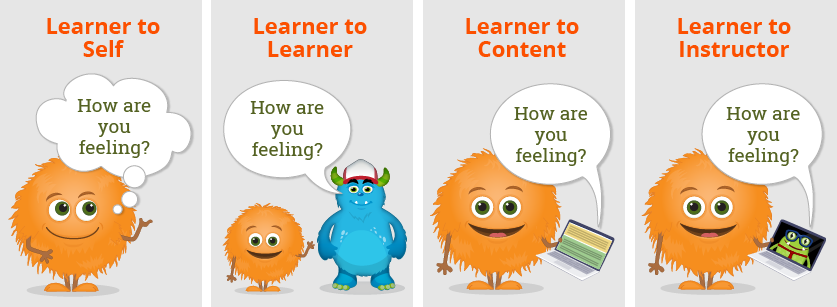
For decades there has been discussions of interaction types in education. (Anderson, 2003) Most interaction types observed in driver training traditionally are learner to instructor or learner to content. Moreover, most interaction time with driver training and orientation is synchronous or at the same time. This Learning Strategy is going to help you think about ways you can hold training without a physical classroom.
Interaction Time
The following Lesson is broken down into two different interaction times.
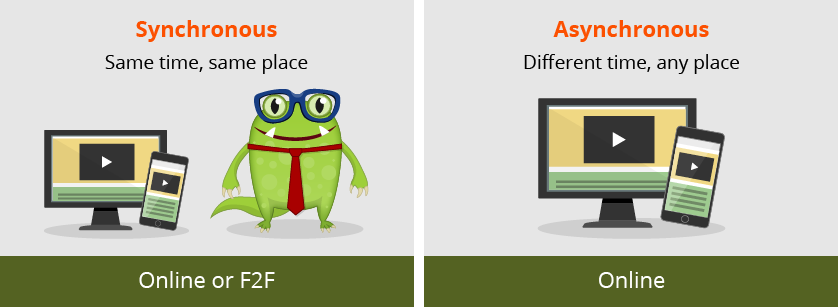
Objectives
|
||
Estimated Time60 minutes |
||
Materials
|
(or at the same time without a classroom)
 Before you meet in a synchronous classroom, send out a link to the TedTalk on Listening.
Before you meet in a synchronous classroom, send out a link to the TedTalk on Listening.
 Meet in a webinar technology, like LumaLive.
Meet in a webinar technology, like LumaLive.
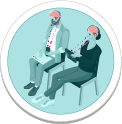 Ask the class in a poll: Are you a good listener? [Yes/No/Unsure]
Ask the class in a poll: Are you a good listener? [Yes/No/Unsure]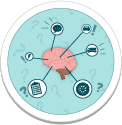 Lead a discussion around these questions:
Lead a discussion around these questions:
- Did you learn anything new about listening from the Ted Talk?
- What was a major takeaway?
- Why do you think listening can be challenging?


 In a brainstorming session: See if they can identify what types of questions those were:
In a brainstorming session: See if they can identify what types of questions those were:
- Did you learn anything new about listening from the Ted Talk? [Closed Ended]
- What was a major takeaway? [Open Ended]
- Why do you think listening can be challenging? [Open Ended]


 Share with them the Types of Questions Worksheet and review the qualifications of what makes a question an open ended question vs a closed ended question. See if as a large group they can come up with 5 examples of each.
Share with them the Types of Questions Worksheet and review the qualifications of what makes a question an open ended question vs a closed ended question. See if as a large group they can come up with 5 examples of each.
 Explain that good communication involves asking good questions and listening effectively.
Explain that good communication involves asking good questions and listening effectively.
 Ask the following questions:
Ask the following questions:
- Is there ever a bad question? Discuss their rationale.
- Should you ask open-ended or closed-ended questions?
- How do you know if someone is listening?
- What are the skills/components of good listening?
- How can you demonstrate that you are a good listener?

 Share with them the Active Listening Checklist.
Share with them the Active Listening Checklist.
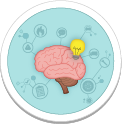
 Review it with them and see if there are other components that they think you should include.
Review it with them and see if there are other components that they think you should include.
 Tell the learners that they are going to break off into pairs of three in LumaLive and do role playing. They can pick one of the scenarios below or you can come up with your own scenarios. The goal is for 2 people to do the scenario and one person to observe the interactions and to complete the Role Playing Evaluation form. They can each take a turn observing with a different scenario.
Tell the learners that they are going to break off into pairs of three in LumaLive and do role playing. They can pick one of the scenarios below or you can come up with your own scenarios. The goal is for 2 people to do the scenario and one person to observe the interactions and to complete the Role Playing Evaluation form. They can each take a turn observing with a different scenario.
- Tell me about your favorite movie.
- Tell me about your favorite vacation.
- Describe your pet or child to me.
- Describe your best birthday experience. Tell me about it.
- Tell me about your favorite smell.
- You see someone breaking in a car in a parking lot. You tell your co-worker about it.


 After everyone is done in their breakout groups, come back together to discuss what they learned.
After everyone is done in their breakout groups, come back together to discuss what they learned.
- What was challenging?
- What would they do differently next time?
- What did they do well?
- What did they learn?

 Assign the How to Ask Good Questions and Listen Effectively eNugget® to reinforce what they learned.
Assign the How to Ask Good Questions and Listen Effectively eNugget® to reinforce what they learned.
(or not at the same time)
 Before you assign the training, send out a link to the TedTalk on Listening.
Before you assign the training, send out a link to the TedTalk on Listening.
 Post in a moderated discussion board:
Post in a moderated discussion board:
- Is there ever a bad question? Discuss their rationale.
- Should you ask open-ended or closed-ended questions?
- How do you know if someone is listening?
- What are the skills/components of good listening?
- How can you demonstrate that you are a good listener?

 Assign the How to Ask Good Questions and Listen Effectively eNugget®.
Assign the How to Ask Good Questions and Listen Effectively eNugget®.
Reference:
Anderson, T. (2003). Modes of interaction in distance education: Recent developments and research questions. Handbook of distance education, 129-144.
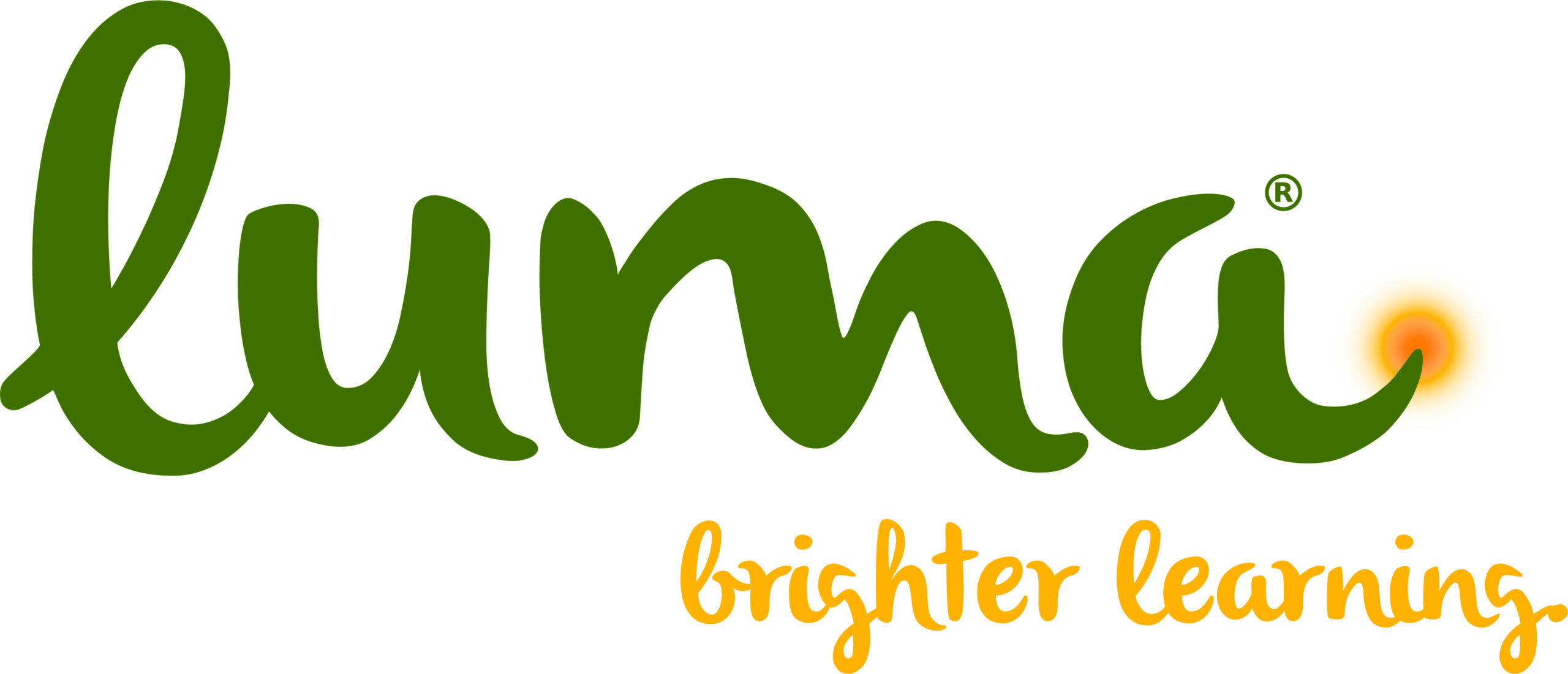
 Luma® is a learning and instructional design company that is always coming out with new training topics. Need something specific? Give us a call at (574) 807-8148 ext 5 or email
Luma® is a learning and instructional design company that is always coming out with new training topics. Need something specific? Give us a call at (574) 807-8148 ext 5 or email 